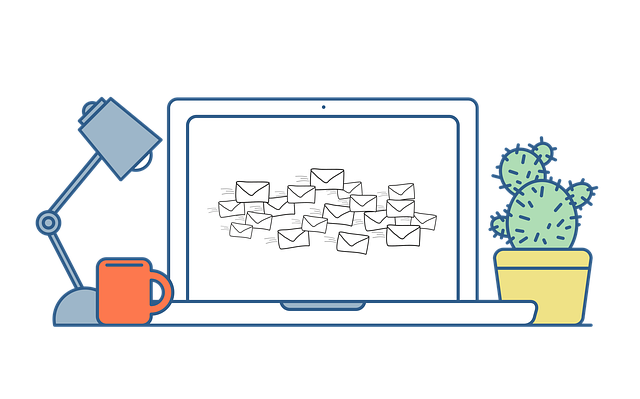In the dynamic culinary sector, AI seafood freshness monitoring systems are transforming how restaurants manage and serve fresh seafood. These advanced solutions analyze data on storage conditions and historical trends to optimize inventory management, reduce waste, and ensure consistent quality. By tracking catch quality from ocean to table, AI enhances transparency and trust between restaurateurs and suppliers while providing consumers with assuredly fresh, ethically sourced, and responsibly handled seafood. Ultimately, these systems drive sustainable culinary practices and elevate the dining experience.
“In the pursuit of culinary excellence, ensuring the freshness and sustainability of seafood is paramount. This is where AI seafood freshness monitoring systems step in as revolutionary tools. The article explores the growing need for such innovative solutions, delving into their impact on transforming seafood supply chains. By examining case studies and industry insights, we uncover the benefits, from reduced waste to enhanced transparency. Get ready to dive into a future where AI ensures every bite of fresh catch is a testament to sustainable culinary practices.”
- Understanding the Need for AI Seafood Freshness Monitoring
- How AI Can Revolutionize Seafood Supply Chains
- Benefits and Future Implications of AI Seafood Restaurant Tracking
Understanding the Need for AI Seafood Freshness Monitoring

In the ever-evolving culinary landscape, maintaining the freshness and quality of seafood is paramount for restaurants to offer their patrons a superior dining experience. Traditionally, this has relied on manual inventory management and visual inspections, which can be time-consuming and prone to human error. However, with advancements in Artificial Intelligence (AI), there’s now a game-changer on the horizon: AI seafood freshness monitoring systems. These innovative solutions are designed to streamline the process, ensuring that only the freshest catches reach customers’ plates.
By integrating AI technology, these monitoring systems can analyze various data points, such as storage conditions, time since catch, and even predictive analytics based on historical data. This enables restaurants to make informed decisions about when to serve specific types of seafood, maximizing their flavor and nutritional value. Ultimately, AI seafood freshness tracking isn’t just about operational efficiency; it’s about delivering a consistent, high-quality dining experience that satisfies even the most discerning palates.
How AI Can Revolutionize Seafood Supply Chains

Artificial Intelligence (AI) has the potential to revolutionize seafood supply chains by enhancing every step, from ocean to table. One of the most significant impacts lies in AI seafood freshness monitoring systems. These advanced technologies can precisely track and predict the quality of catch, ensuring that only the freshest seafood reaches consumers. By analyzing data on temperature, humidity, and time, AI algorithms can optimize storage and transportation conditions, minimizing spoilage and maximizing shelf life.
Moreover, AI can streamline inventory management, allowing restaurants to predict demand more accurately. This not only reduces waste but also guarantees a consistent supply of high-quality seafood. With real-time data on catch origins and conditions, restaurateurs can build transparent relationships with suppliers, increasing trust and accountability throughout the supply chain. As a result, consumers can be assured that their meal is not only delicious but also ethically sourced and responsibly handled.
Benefits and Future Implications of AI Seafood Restaurant Tracking

The implementation of AI seafood restaurant fresh catch tracking offers numerous advantages, revolutionizing the way the hospitality industry manages its culinary offerings. By integrating advanced AI seafood freshness monitoring systems, restaurants can ensure unparalleled quality and transparency in their menu items. This technology enables efficient real-time tracking of seafood from the moment it’s caught to the time it reaches the diner’s plate, fostering trust among patrons. With precise data on inventory levels, storage conditions, and shelf lives, restaurant managers can make informed decisions to minimize waste and maximize freshness.
Looking ahead, AI seafood freshness monitoring systems hold immense potential for shaping the future of sustainable culinary practices. These innovative tools can contribute to environmental conservation by promoting responsible sourcing and reducing the carbon footprint associated with seafood distribution. Moreover, they enable restaurants to cater to diverse dietary preferences and restrictions, ensuring that every customer has a personalized and satisfying dining experience. As AI continues to evolve, we can anticipate even more sophisticated solutions that will further enhance food safety, drive culinary creativity, and elevate the overall restaurant industry.
AI seafood freshness monitoring systems have the potential to revolutionize the industry by ensuring customers receive fresh, high-quality catches. By implementing these advanced technologies, restaurants can enhance their supply chains, reduce waste, and provide a more sustainable dining experience. The benefits are clear: improved efficiency, better product tracking, and ultimately, a happier, health-conscious customer base. As AI continues to evolve, its role in maintaining seafood freshness will become increasingly vital, shaping the future of the industry and setting new standards for culinary excellence.
